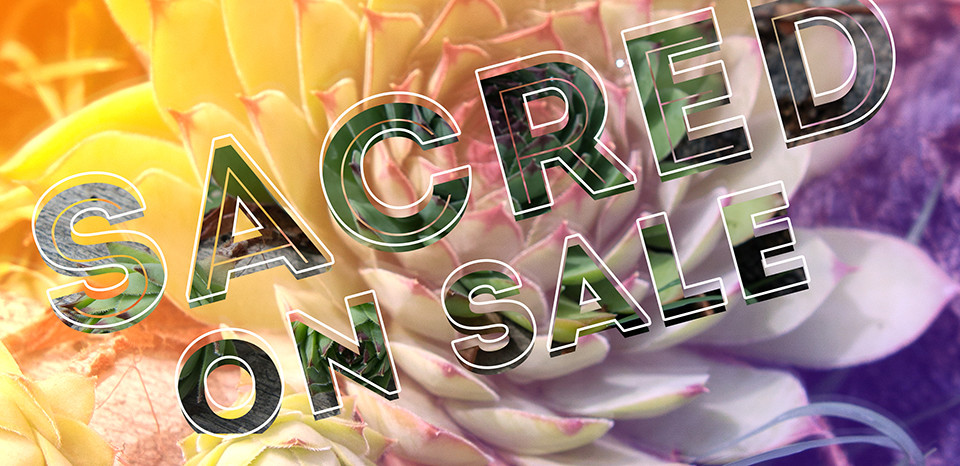I’ve been slacking on my daily writing posting acting engaging. Fortunately, we are many. When some of us need days to recharge, others take charge, act and lead more powerful acts than these words in a vacuum.
I’ve felt my powers decline, in part because I remembered how many of us good-hearted hard-working loving-breathing-feeling humans no longer believe that something can be sacred. We can’t believe that land, place, water, we–are sacred. Perhaps because words have died. “The sacred” sounds like marketing, manipulation, a ruse to obscure true motives, yet another campaign for our attention; false words to bring us a few moments of hope, joy, stimulation, to fool us into imagining tomorrow will be different, more slimming, fashionable, convenient, and fun.
The sacred cannot be written, spoken, or shown. Many times I’ve wanted to feel it–that deep inexplicable connection–only to discover numbess, bluntness, a shriveled weak core. Acknowledgement of the sacred threatens to unleash a tidal wave of emotion. I could lose composure, lose sanity, lose hope. It could threaten my already threadbare will to wake up and do it all over again. Instead, I hoped that others would take care of it. Surely the experts–smarter, more motivated, influential people–would make sure that everything is ok. Everything is ok. Everything is ok. How are you? I’m good. Good.
When I was 12 I traveled to Washington to visit family. My great aunt and uncle lived up a mountainside, their house settled next to a crystal clear creek. We rode horses into dense old forests of the Western Cascades. Hundreds of years old trees towered above us, blocking the sunlight. Great garlands of moss draped over spiraling, outstretched branches. As I took it all in, I remember feeling…disappointed. I knew I was supposed to find it beautiful, amazing, moving, but there I was, completely underwhelmed.
Somehow, in those underwhelming moments in the forest, I had the self-awareness to realize why I felt (didn’t feel) the way I did. It was because that forest paled in comparison to the animated renditions shown on TV, in movies and in advertisements. That real forest around me lacked the saturated colors, the soundtrack, big-eyed creatures sent to entertain and delight, the carefully balanced compositions, shot after shot of perfectly constructed beauty. Instead it was simply moist, quiet, still. It smelled of dirt, wet bark, gray stones. I tried to feel what I was supposed to feel–awe for god’s great beauty–and failed.
Again, at 13, in the Appalachian mountains. We had climbed to the top of mountain, and found ourselves overlooking the mountain range stretching out mile after mile in every direction. Neil said he couldn’t see such beauty and not believe in god. I saw such beauty and could only think, “Meh? It’s pretty, I guess. I’ll snap a picture. Maybe I’ll find god in it some other day.”
As an adult, I remember feeling grateful when an interviewer had the gall to ask a biologist why we should care if a single species of bird goes extinct. My ears perked up for the answer. Why should we care? How? Please help me to care.
It wasn’t until I moved to that little village up a mountain that I began to find my place in the grand scale of time. From ancient civilizations to the far off futures. Thousands and millions of years of slow creation set in motion the conditions for every ecosystem, every species to exist. Only after year after year after year, layer after layer, death after life, after wind after rain could the bird, the flower, the mushroom exist. And how many exist. Only then could I hear that biologist’s response with my heart. That once a species is gone, it’s gone forever. It took millennia to form, and then it’s gone.
Maybe that’s part of it. That on that grand scale we don’t matter. The volcanoes kill murderers and birds and saints and trees and innocent and guilty alike. We die. The winds still blow, our sun continues to cook, at least for a few more billion years.
I once looked down at the sidewalk in Boone, North Carolina, United States of America. That day, I didn’t just see gray concrete, rather I saw the people who settled that mountain. I saw the city planners designing the streets, the workers who poured the concrete, I saw the families they fed with their salaries, I saw the minerals and the places from which they came, their transportation, and all those involved into bringing that solid mass to its place underneath my feet. I felt inextricably embedded in that tangled web of interconnection.
So, what is left to say? Only to wonder when and how we’ll connect again to the sacred? Can we sit still long enough to feel it? Can we, will We reconnect? The most painful thing you can suggest is that I’m lying when I say we are sacred.

